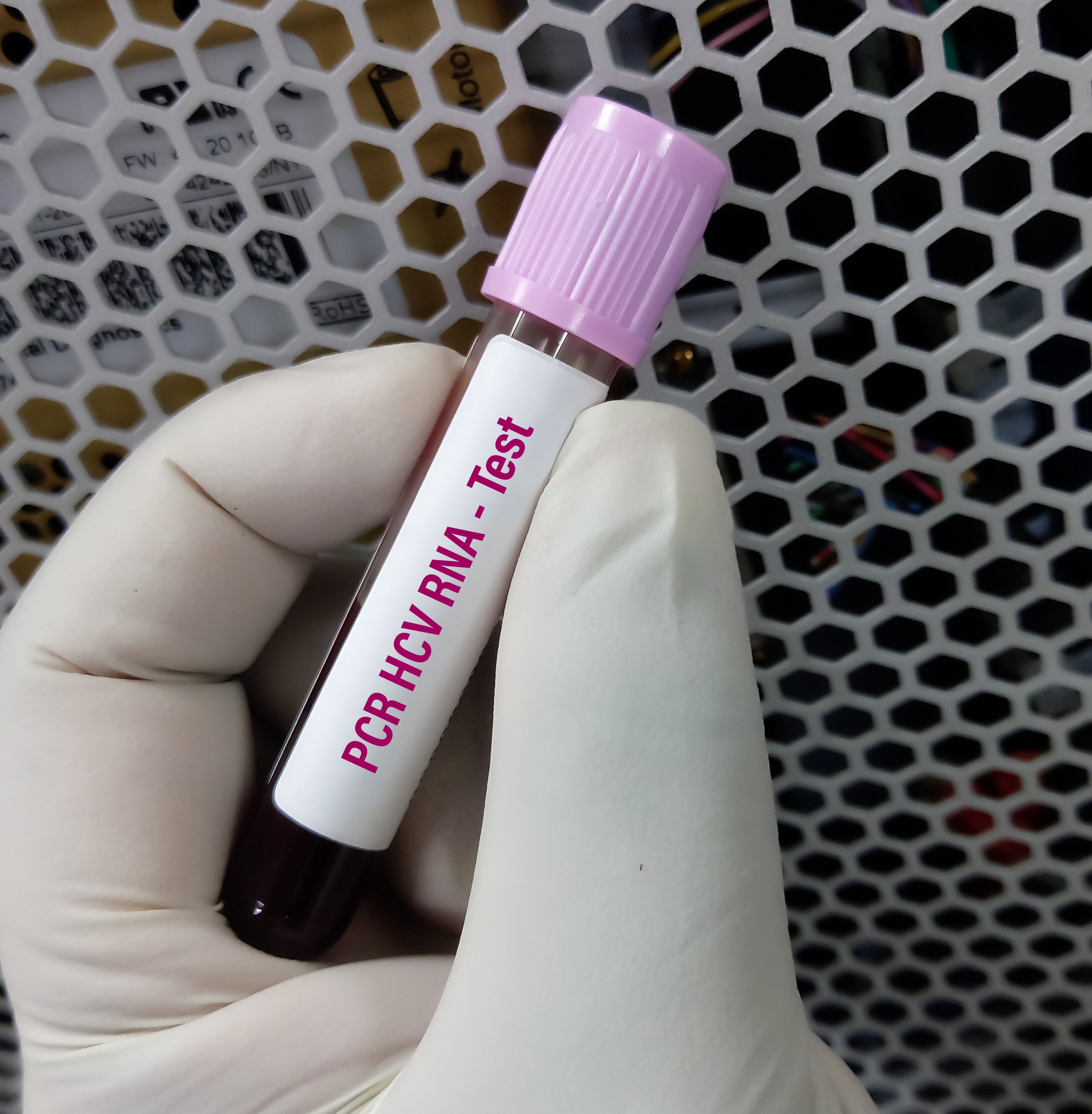High-Level Diagnostics: How Point-of-Care and Molecular Assays Are Shaping Medicine
In 2020, Coronavirus (COVID-19) was identified as the cause for a respiratory illness outbreak and led to an ongoing global pandemic. With the rapid development of diagnostic testing, accelerated regulatory clearance, and increased distribution, came an antigen self-test kit that was made widely available to the public for at-home testing. COVID-19 changed the landscape and trajectory of the in vitro diagnostics (IVD) industry drastically. It allowed many diagnostic tests that were once administered only in the healthcare setting to be completed by patients in their own homes.
During the height of the pandemic, the National Institutes of Health invested several millions of dollars into new technology for the development of COVID-19 testing. This led to the development of many "rapid results" test kits that are available on the market today. These tests have continued growing in popularity because they are easy to use for patients and caretakers, and they empower patients to make quick results-based decisions about their own health. Some examples of these diagnostic test kits include those that are completed in a healthcare setting (like strep and influenza swab testing) or in a home environment (like wellness test kits that screen for vitamin deficiencies).

Post-COVID, advancements in technology continue to influence this market segment, adding significant procedural volume in many high-level IVD segments. In addition to advancement in molecular and diagnostic technology, several other factors influenced growth too, including an increased use of infectious disease testing, steady growth and aging of the population, and a renewed concentration on “research & development” diagnostics initiatives that were previously put on hold during COVID-19.
Today, the diagnostics field has grown rapidly to encompass many in vitro diagnostic testing segments, including:
- Point-of-Care (POC) testing
- Molecular assays
- Clinical laboratory testing
- Immunoassays
- Mass spectrometry
- Coagulation
- Blood grouping/typing
- Microbiology
- Histology/cytology
Collectively, all the segments play a vital role in the overall diagnostics landscape, contributing to continuous patient care and disease management. However, based on the number of tests performed worldwide, two of the most popular segments are point-of-care testing and molecular assays. Both of which have experienced significant growth due in large part to the pandemic.
What is Point-of-Care (POC) testing?
POC testing involves screening and tests that produce rapid, reliable results in minutes to enable timely medical decisions. They also identify and monitor diseases and infections. Some examples of POC tests include:
- Infectious disease testing kits for illnesses like Strep A or Influenza A/B
- Sample collection kits that consist of culture swabs for laboratory testing
- Wearable monitors such as continuous glucose monitoring and diabetes devices
- Hematology testing via cartridges and handheld blood chemistry analyzers
What are Molecular assays?
Molecular assays are techniques used to analyze biological markers by applying molecular biology to medical testing. These tests are used to detect and monitor disease, analyze risk, and determine which therapies will be most appropriate for each patient. Some examples of molecular assays include:
- Microfluidic chips that are used for rapid disease detection
- Microsamples that use finger-prick technology to capture small samples of blood for diagnostic testing
- RNA and DNA isolation and sequencing kits that are used for detection and treatment of pathogens and diseases
- Molecular PCR test kits that are used to identify foodborne bacterial illnesses like listeria infections
Three key benefits of point-of-care testing and molecular assays include speed, accuracy, and convenience. Faster results lead to quicker decision-making and treatment for patients. High sensitivity and accuracy allow for less false positive test results. These, combined with ongoing advancements in high-level diagnostics offer earlier detection, personalized treatment, and improved patient outcomes.



